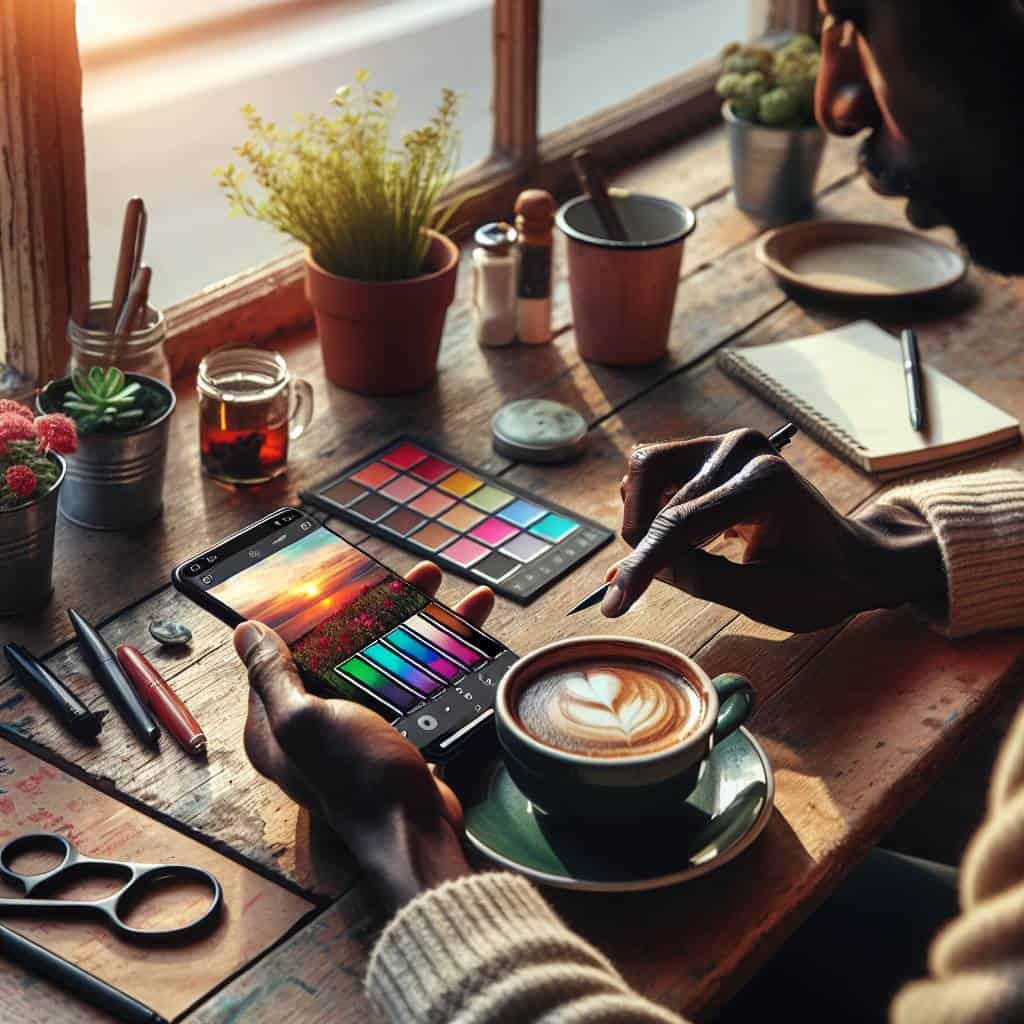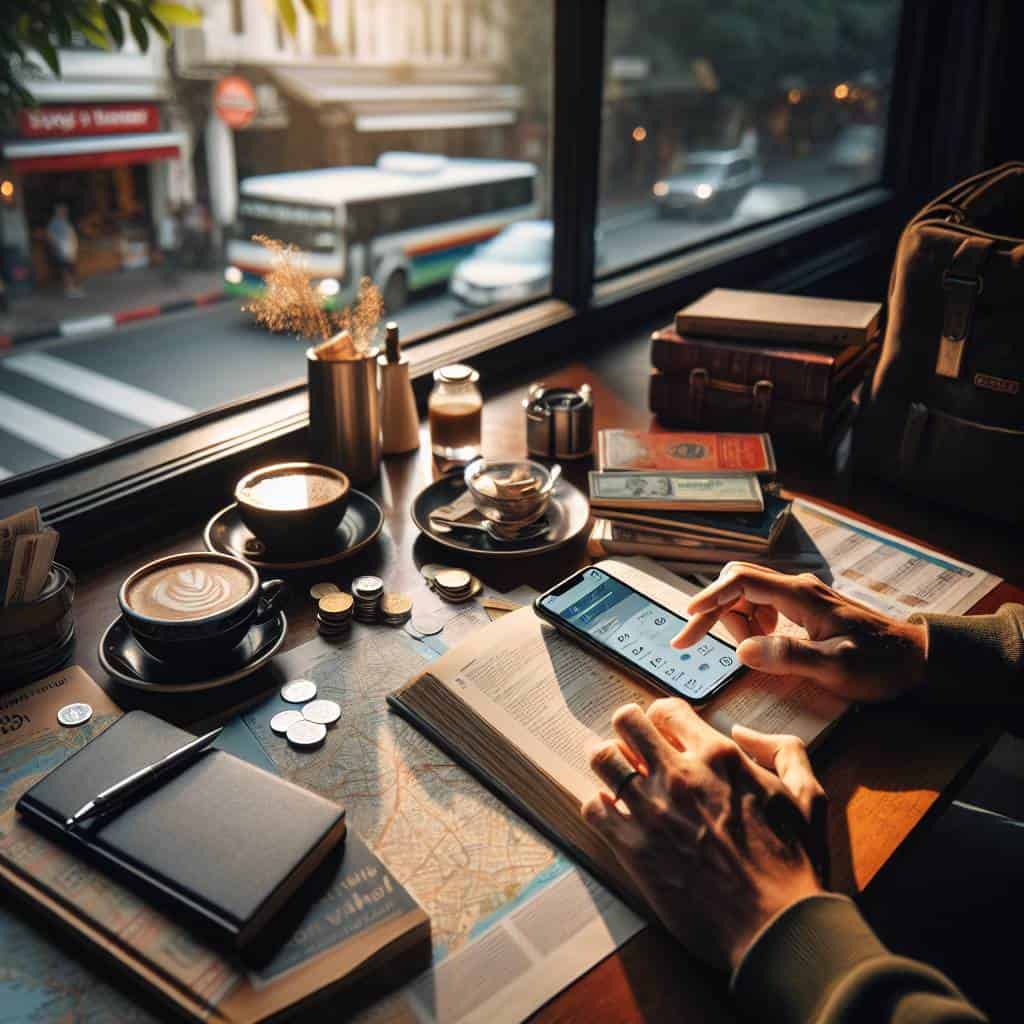I remember the day I realized my phone’s camera roll was a graveyard of poorly-lit photos. Each shot a testament to my inability to capture anything remotely Instagram-worthy. It was then I faced the truth—my photos needed more than just a quick crop or a half-hearted swipe of a filter. They needed a resurrection. Enter the world of mobile photo editing apps, where everyone from your grandmother to your barista suddenly thinks they’re a pro photographer. But let’s be real: most of these so-called tools are just digital snake oil, peddling false promises of perfection with every tap.

So, where do we go from here? If you’re tired of drowning in a sea of mediocre apps, you’re in luck. I’m diving straight into the nitty-gritty of the best options out there. We’ll cut through the nonsense and get to the heart of what really works—whether it’s the robust features of Lightroom, the intuitive design of Snapseed, or the cult-like following of VSCO. This is your guide to capturing more than just a decent shot, but a piece of reality—minus the fluff, minus the filters that turn skies into something more suited for a cartoon than a memory.
Table of Contents
Snapseed: The Unexpected Savior of My On-the-Go Filter Fiascos
If your idea of capturing the perfect shot involves just hitting the shutter and hoping for the best, then Snapseed might just be the wake-up call you didn’t know you needed. This app has become my unexpected savior in the world of on-the-go filter fiascos. I used to be a die-hard Lightroom fan, and I still am—to an extent. It’s the kind of app where you get lost in the details, meticulously tweaking every shadow and highlight until your photo looks like it belongs in a gallery. But let’s be honest, when you’re out in the wild—cityscapes or nature, your pick—and need a quick fix, Snapseed steps in where Lightroom’s complexity becomes a hindrance.
The beauty of Snapseed lies in its raw simplicity, a trait that offers something other apps like VSCO just can’t match when you’re pressed for time. It’s got this intuitive interface that doesn’t demand you to sit through a tutorial just to figure out how to brighten an image. Instead, it hands you the tools to transform a mediocre shot into something worth a second glance. And the filters? They’re not your run-of-the-mill, slap-on-and-hope-for-the-best kind. They’re the kind that subtly enhance without drowning your photo in a sea of artificiality. So next time you find yourself fumbling through your phone’s photo editor, remember: Snapseed is there, ready to save you from your own on-the-go editing disasters.
Through the Lens of Reality
In a world obsessed with filters, Lightroom and Snapseed are the true artisans—transforming on-the-go snapshots into visual truth, not just eye candy.
The Raw Truth Behind My Photo Editing Odyssey
After spending more time than I’d like to admit with my nose buried in mobile screens, chasing the perfect edit, I’ve come out the other side with a few hard-earned truths. Each app is like a quirky friend with its own quirks and flaws. Snapseed, that unexpected savior, turned out to be the rough gem I didn’t know I needed. It doesn’t just slap on a filter and call it a day; it offers the tools to dig deep and polish, to ensure every photo tells a story rather than just existing as a pretty picture.
But let’s not pretend that Snapseed is the hero of this tale. It’s merely a part of the awkward, sometimes tedious journey of understanding what we want our photos to say. Whether it’s the precision of Lightroom, the nostalgia of VSCO, or the on-the-go convenience of Snapseed, the truth is they all serve a purpose. They cater to different moods and moments. And maybe, just maybe, the real art lies in knowing when to let a photo breathe on its own, untouched by algorithms and filters. It’s a lesson in restraint, and one I’m still learning every time I raise my phone and capture a slice of life.


